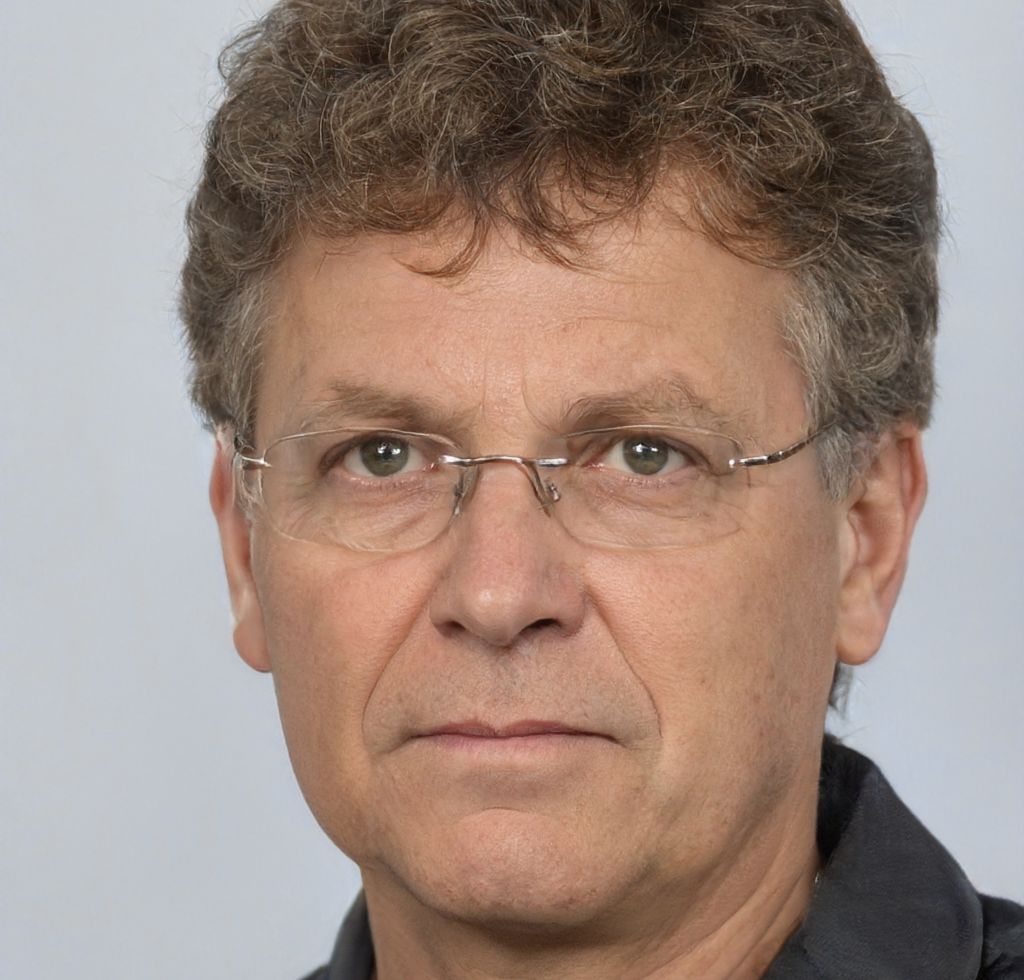How do cellular respiration and breathing differ?
Breathing involves inhale of oxygen from the atmosphere into the lungs and exhale of carbon dioxide from the lungs into the atmosphere ; whereas cellular respiration involves breakdown of glucose into carbon dioxide and water in living cells, releasing energy.
During breathing, termed as external respiration, air from the atmosphere enters into the lungs. Exchange of oxygen and carbon dioxide occurs between the blood present in the capillaries and the air entering the lungs.
The R.B.C. in the blood present in capillaries pick up oxygen from the air entering the lungs and the hemoglobin molecule is converted into oxy-hemoglobin. Carbon dioxide from the deoxygenated blood is released into the air. The air carrying carbon dioxide is exhaled out of the lungs.
Thus breathing involves intake of oxygen from the atmosphere into the lungs and exit of carbon dioxide from the lungs into the atmosphere.
Cellular respiration, also termed as internal respiration, occurs in living cells. The oxygenated blood is carried to all living cells in the body of an organism through blood circulatory.
Cellular respiration involves breakdown of glucose into carbon dioxide and water in presence of oxygen, releasing energy. Oxygen carried by blood is used in cellular respiration and carbon dioxide released combines with hemoglobin in RBCs.
Deoxygenated or impure blood is carried by veins to the lungs to be converted into oxygenated blood.
The energy released during cellular respiration is stored in form of ATP molecules, which are store houses of energy.
ATP molecule is converted into ADP molecule, whenever energy is needed for any metabolic reaction or activity. The energy stored in it is released to be used in metabolic reaction. ATP and ADP molecules are thus rightly termed as “ currency of energy”.
By signing up, you agree to our Terms of Service and Privacy Policy
Cellular respiration takes place inside the mitochondria of cells, whereas breathing is the physical act of breathing in oxygen and breathing out carbon dioxide. Cellular respiration is the process by which cells break down glucose and other organic molecules to produce ATP, whereas breathing involves the exchange of gases (oxygen and carbon dioxide) between the respiratory system and the external environment.
By signing up, you agree to our Terms of Service and Privacy Policy
When evaluating a one-sided limit, you need to be careful when a quantity is approaching zero since its sign is different depending on which way it is approaching zero from. Let us look at some examples.
When evaluating a one-sided limit, you need to be careful when a quantity is approaching zero since its sign is different depending on which way it is approaching zero from. Let us look at some examples.
When evaluating a one-sided limit, you need to be careful when a quantity is approaching zero since its sign is different depending on which way it is approaching zero from. Let us look at some examples.
When evaluating a one-sided limit, you need to be careful when a quantity is approaching zero since its sign is different depending on which way it is approaching zero from. Let us look at some examples.
- Is absorbing solar energy during photosynthesis, considered as an endothermic reaction?
- Why is photosynthesis referred to as a biochemical pathway?
- How is succinate related to aerobic respiration?
- How do organisms use carbohydrates that is produced by photosynthesis?
- In cellular respiration, what is being oxidized and what is being reduced?

- 98% accuracy study help
- Covers math, physics, chemistry, biology, and more
- Step-by-step, in-depth guides
- Readily available 24/7
 Sebastian Alvarado
Sebastian Alvarado